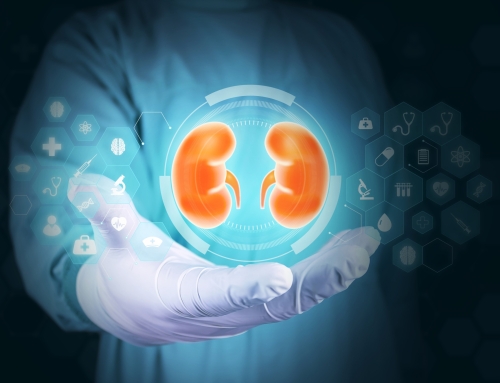A recent report assessing chronic kidney disease in the United States offers statistics on the condition that affects almost 14 percent of the U.S. population. The data, compiled by researchers at the University of Virginia, focuses on prescriptions used by chronic kidney disease patients with Medicare Part D.
“This report is a one-stop shop to try to understand the prevalence of kidney disease, how it’s being treated and how the burden affects various populations,” said researcher Rajesh Balkrishnan of the University of Virginia School of Medicine. “If we can identify which treatment modalities are working and how they’re used and link these treatments to outcomes, we can inform the government of the most cost-effective ways to manage and treat the growing burden of kidney disease in the U.S.”
Kidney disease frequently stems from two other modern American plagues: diabetes and high blood pressure. The massive, two-volume report looks at both chronic kidney disease – the loss of kidney function over time – and potentially deadly kidney failure, known as end-stage renal disease. In 2013, Medicare spending for end-stage renal disease increased to $31 billion, in addition to $50 billion spent on chronic kidney disease among those 65 and older.
Balkrishnan, of UVA’s Department of Public Health Sciences, led the report’s analysis of prescription drug use and cost. His findings include:
• In 2013, spending on prescriptions for patients with Medicare Part D (Medicare’s prescription drug benefit) who had chronic kidney disease was 46 percent higher than for general Medicare patients ($3,675 per patient versus $2,509).
• Spending for prescriptions for Part D patients with end-stage renal disease was significantly greater still: At $6,673 per patient per year, spending was 2.6 times higher than for general Medicare patients. Dialysis patients had the greatest cost, $7,142 per person per year.
• Spending for Part D-covered medications was more than twice as high for chronic kidney disease patients who received Medicare’s low-income subsidy than for those who didn’t ($6,088 versus $2,873). Out-of-pocket costs were only 1 percent to 2 percent for patients who received the subsidy, while patients who didn’t receive the subsidy paid 28 percent to 32 percent.
• More than 69 percent (69.4 percent) of Medicare patients with chronic kidney disease were enrolled in Medicare Part D. More than 74 percent (74.2 percent) of patients with end-stage renal disease were enrolled in Part D.
Balkrishnan hopes that by contributing to a better understanding of kidney disease, the report will inform national health care policy and improve the quality of patient care, perhaps heading off end-stage disease and reducing costs. “Our goal is to provide a snapshot view of the major issues in the diagnosis and treatment of kidney disease in the U.S.,” Balkrishnan said. “There are definitely gaps there in the treatment of many patients, which can be improved upon.”
The U.S. Renal Data System report was compiled by the University of Michigan, where Balkrishnan formerly worked, in partnership with Arbor Research Collaborative for Health in Ann Arbor, Michigan. Balkrishnan has continued to participate in the project since joining UVA.
The report has been published as a special edition online by the American Journal of Kidney Disease and is also available at the U.S. Renal Data System site.



